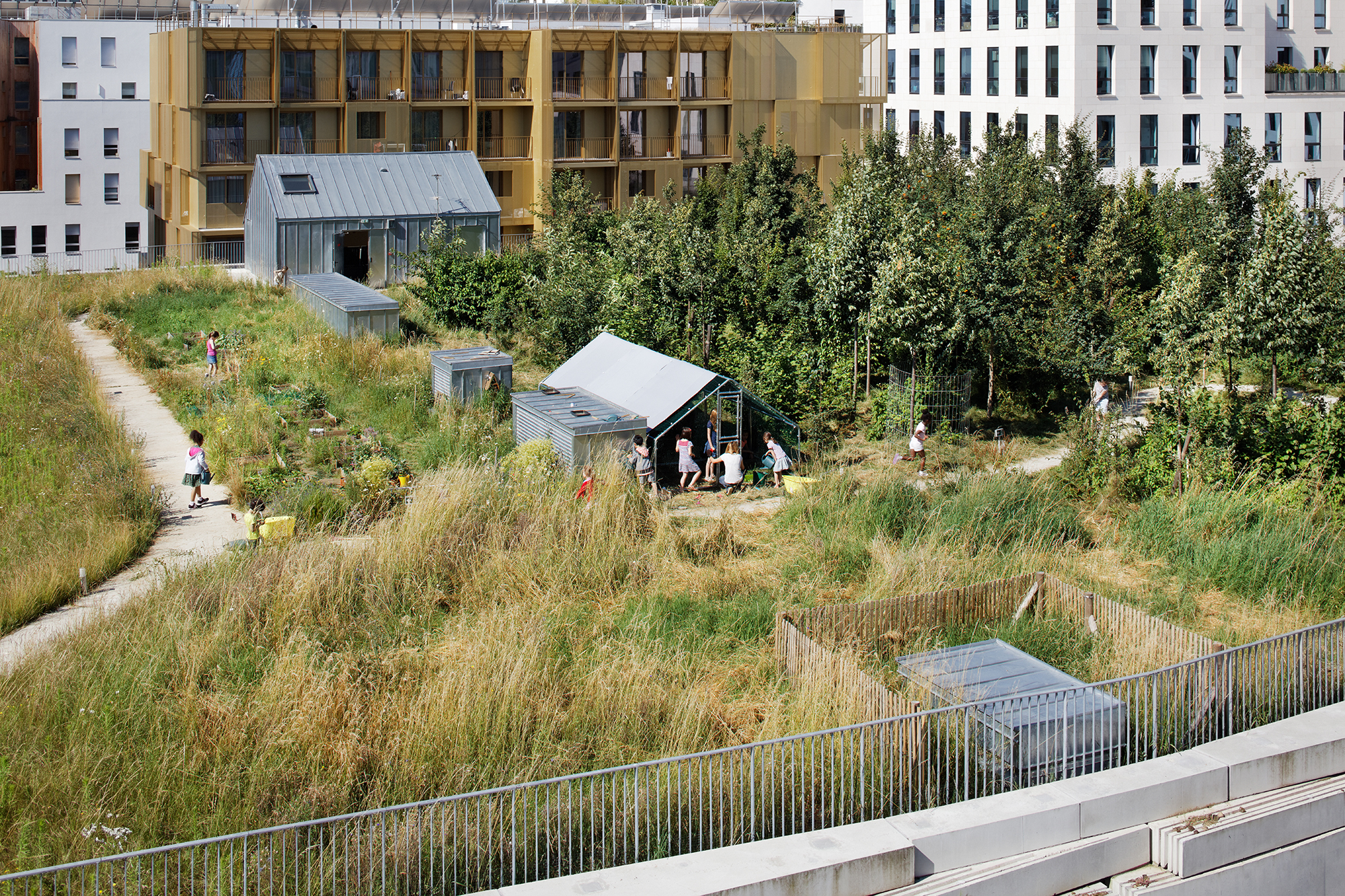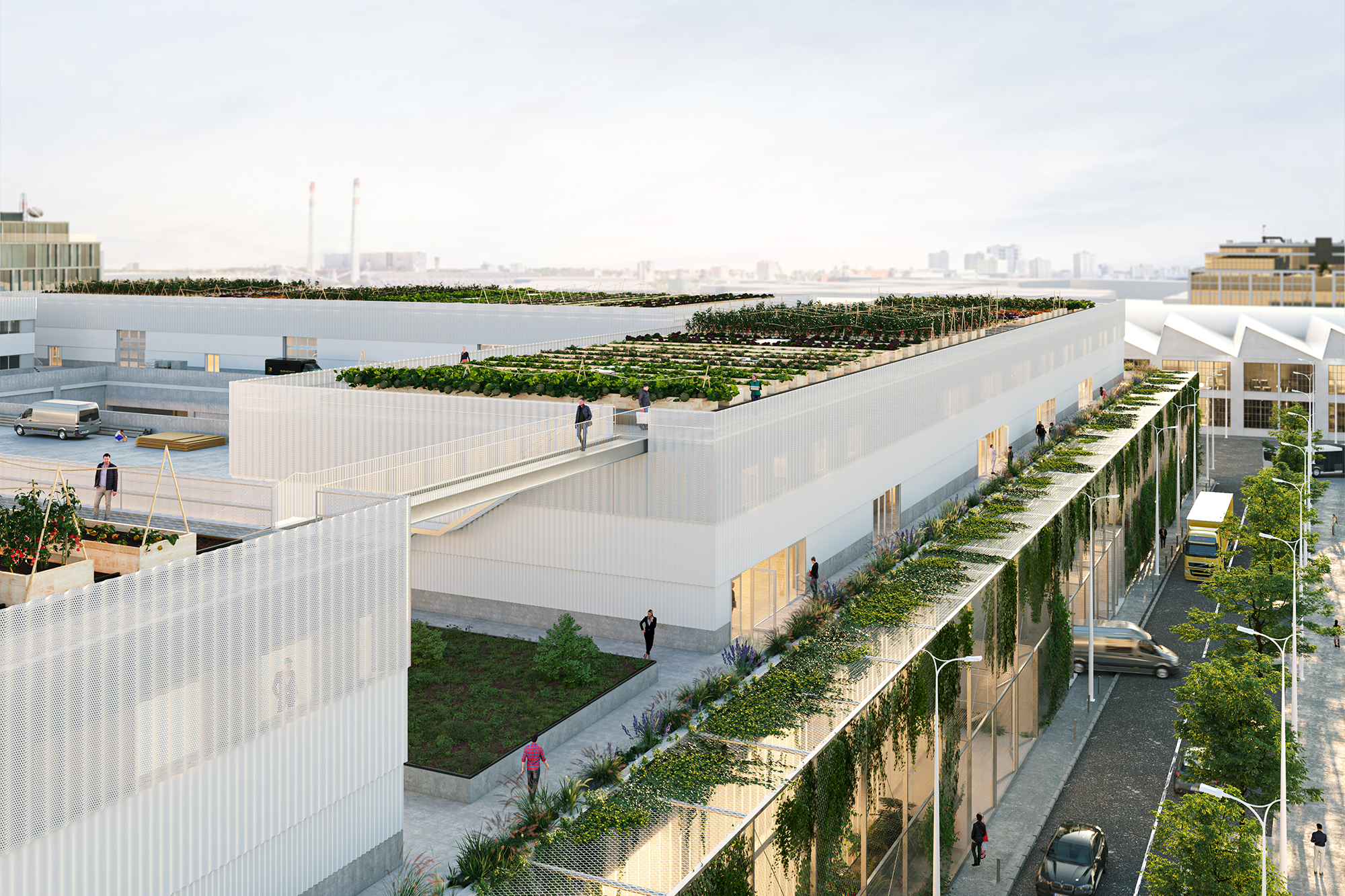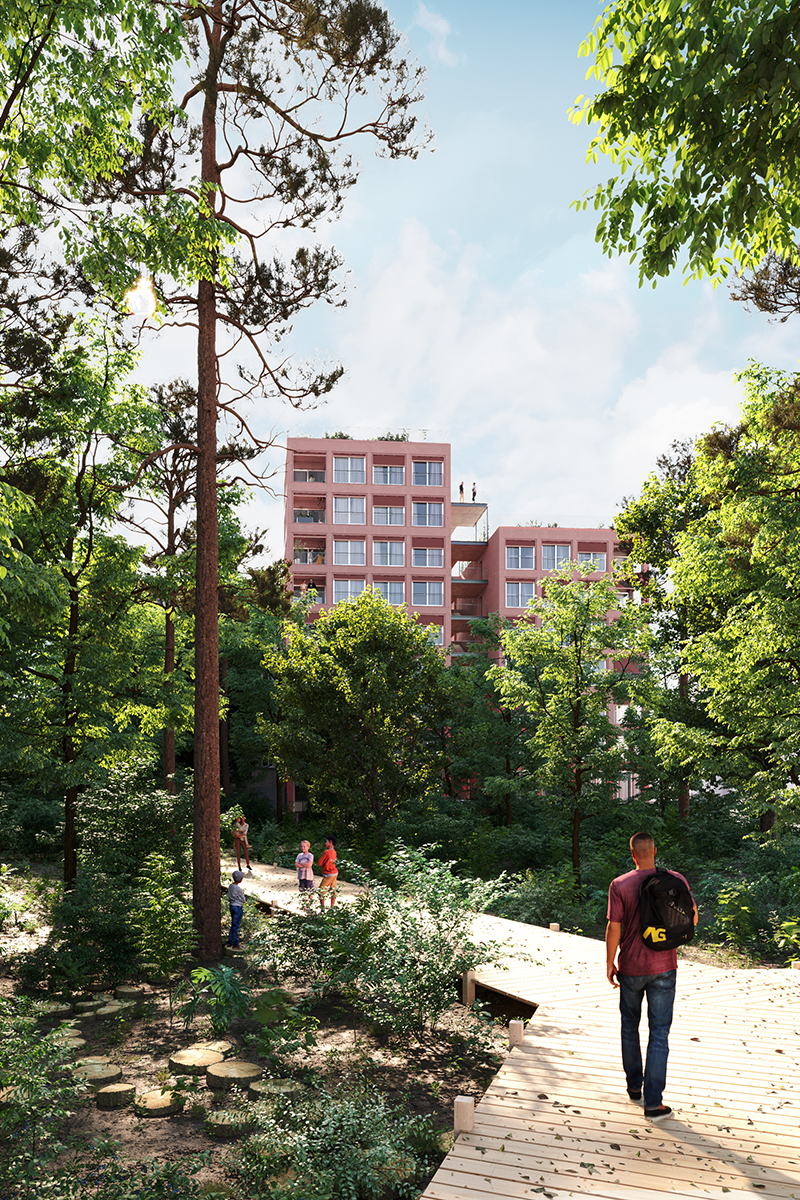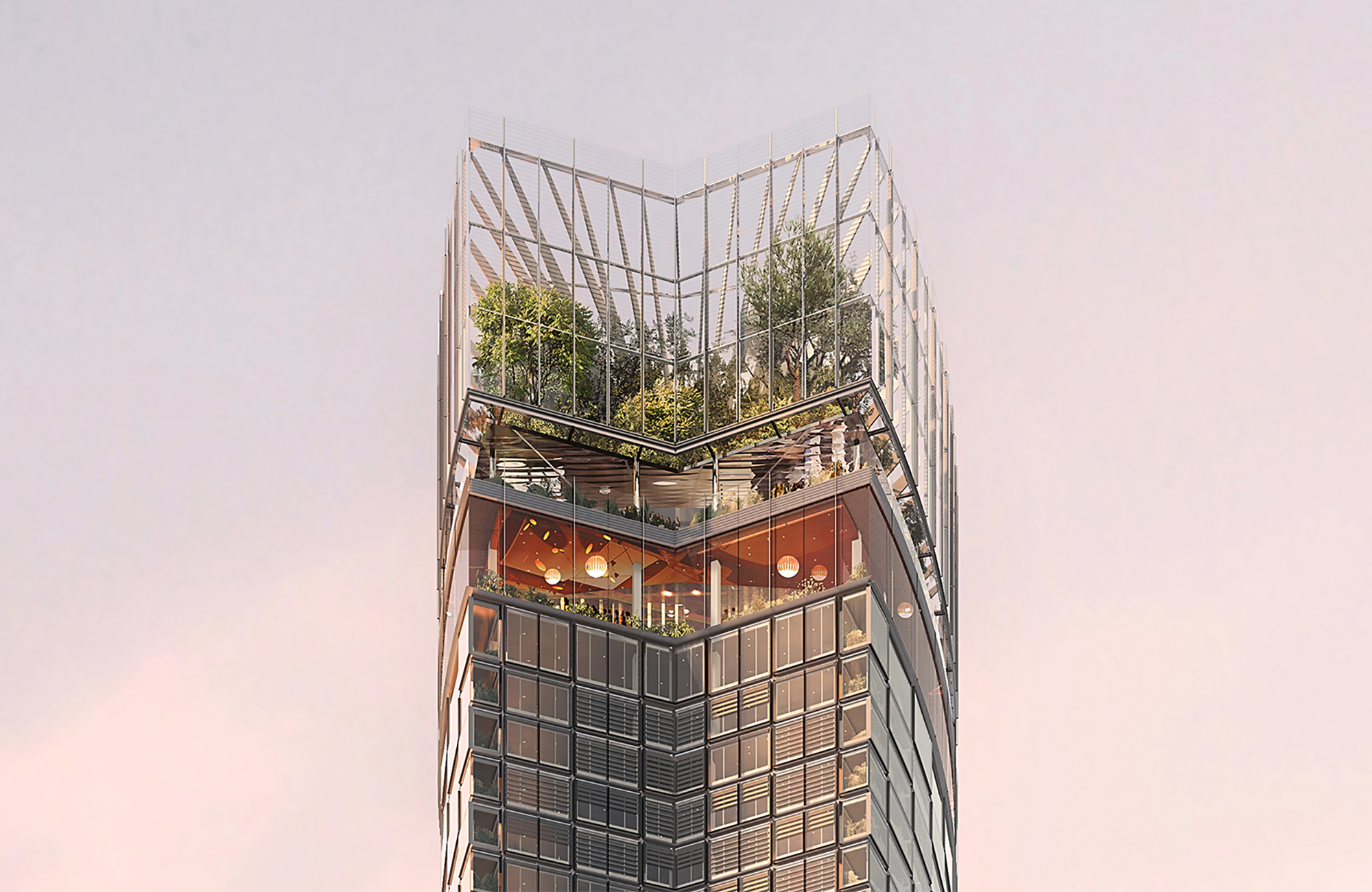
Most people have been dispossessed of this issue and food production has been put in the hands of economists and industrialists. For 40 years, the logic of efficiency has been increasing at the expense of the autonomy of populations. The consequences are heavy because the depletion of soils also depletes mankind and the less egalitarian living conditions are about to turn against us.
The agricultural world has become an abstract continent. Food is now a commodity like any other: available, deterritorialized and resistant; the opposite of what it used to be, unpredictable, fragile, seasonal.
For this, we process, select and modify biology. Thus, throughout the year, tomatoes, avocados or strawberries are available on the shelves of Western countries. This policy, contrary to what we are led to believe, does not guarantee the quality of the goods (nature must be upset to transport them over 10,000 km), nor food safety, which depends on the security of the transport.

This split between the place of production and the place of consumption becomes more pronounced as the populations of cities increase, thus amplifying the exchanges. The link of dependence that ties the city to the production areas is therefore fundamental when we know that a city like Paris has only 2 days of autonomy in foodstuffs. In order to exist, the city consumes a "phantom" surface that is much larger than its surface area alone. For example, to make 1m² of urban surface function, 60m² of rural space, of agricultural soil, forest or meadow is needed. Fifty years ago, this surface was reduced to 25m² and estimates for 2050 suggest 500m² of rural space. The contradiction is that the more the city is inhabited, the more it increases its needs and therefore its dependence on the agricultural world, whether near or far. The goods and services needed by large cities increase at the same time as their population, which makes the growth of their ecological footprint exponential. The city has become an ecological predator, dependent on the proper functioning of transportation, fossil fuels and the balance of international relations.
But the logistics of our supply chains are generally just-in-time and at the mercy of systemic crises such as soaring energy prices, social conflict or pandemics. Our food security is fragile and the government is not prepared. There are no projections from the public authorities, no provisions in case of a crisis. The Covid-19 pandemic reveals the innumerable vulnerabilities of our globalized system and in particular those of the delocalization of our basic needs.
It is therefore time to take back control of our own needs, our consumption and our rhythms. And this is perhaps much more within our reach than we think.

The problem is that we have destroyed the link between people and territory.
Until the middle of the 18th century, an inextricable web of practices, beliefs, apprenticeships, medicines, and cultures linked a society to its territory. The cultivation of wheat or potatoes was specific to each place. They were based on a knowledge, a transmission, singular gestures, common rituals. A material and customary heritage was adjusted to each place, whether it was a forest, a mountain or a marsh. The populations adapted their existence with their territory until the modern era, seeking to "seize the riches" of nature, made it monetizable. Thus the forest became a reserve; wood, a fiber; agriculture, an exploitable resource, etc... The development of the territory was then in the hands of physiocrats and planners, who organized and rationally separated the productive and social functions. The richness that nourished a geography and linked it to a multiplicity of uses, artisanal trades and the will to "take care", collapsed, it became impoverished.
People have lost the experience of their territory and with it, the relationship of dependence and freedom that the practice of each place offered. By separating the territories from those who live in them, we have split beings and things, we have revoked the benevolent gesture of the man who takes care of what will feed him. We are witnessing a dispossession of knowledge, a drying up of heterogeneity.
If it is difficult to go back, it is perfectly possible to act on the present.

We no longer live in the woods, we no longer grow crops in cities.
Too long monofunctional, the resilient city is perhaps the one that will reintroduce flexibility in the planning of space, by promoting diversity at very fine scales. The development of production sites in urban areas is, among many others, a factor of ecological transition. Without replacing traditional agriculture, and without entering into a reductive conception of a return to the land, urban agriculture can also be a means, on a certain scale, to ensure food independence and security in the city of tomorrow.
If food resilience can and must be solved on the large and medium scale, that of traditional agriculture and that of peri-urban market gardening, it is undoubtedly also interesting to think on the scale of the block or building.
As architects (this is valid for all actors in the construction industry), we could go beyond the design of spaces, by imagining the project in a more holistic way. That is to say, change the area (the scale) of consideration of the project by including the question of the lifestyles of its inhabitants, their environmental framework and their vital needs.
How will the occupants of this new building sustain themselves? How can the building become a resource for its inhabitants? How can the (inhabited) building be a support that offers a local response to the food needs of its occupants? How can a building be more than a shelter? How can we reconstitute a link between the place and the inhabitant?
One could imagine a building of collective housing, which allows the installation of cultivable surfaces proportional to its number of inhabitants. In the same way that one defines a percentage to the typology of housing, one could establish an area of subsistence necessary to the human community of the building. The building then becomes a resource support and plays a new role in the valorization of the wealth at hand. If this refocuses the role of architecture towards providing something more precious, that is to say to enrich the link between the landscape and the inhabitant, it is indeed the latter who becomes the engine of it. Indeed, the real actor (and beneficiary) in this project is the inhabitant who becomes the artisan of this new system. It is he who lives and gives substance to this way of living, which now offers much more than a shelter.
Taking into account this new program in the architecture of a building questions, of course, the place dedicated to each thing. If we integrate production areas at the foot, on and in the building, this questions the place dedicated to housing. It is then necessary to re-examine the built density with regard to the free space. Depending on the ambition - it is not a question here of reaching 100% autonomy - we establish a calibration of the building's compactness. The calculation of the density then integrates several criteria, the number of inhabitants, the surface necessary for their subsistence, the quantity of free space on the ground, etc...
From existing data on the necessary surfaces, on the techniques to be implemented for a natural agriculture, the first concepts are established.

Leave the standards of agriculture to experiment a new model.
It is a question of initiating production sites at all scales and wherever possible. This starts with the open ground, balconies, roof spaces, but also common circulations, courtyards, recesses and overhangs of facades, etc... We exploit architectural diversity by taking advantage of the multiplicity of places in this very constrained environment. For the culture that we aim at, everything is good to take: horizontal surfaces, but also vertical walls, well oriented walls, guardrail structure, etc... To the built compactness, we answer with a cultivated density. Based on the principle of micro-agriculture, the cultivated surfaces are very small but are extremely well cared for. Associated crops (about 30 to 50 species per farm) with a rotation of about 6 crops per year, sowing/planting in staggered rows to make better use of space (no empty rows), little mechanization and no industrial inputs. This approach is a way to create a soil with a very high level of fertility, to cultivate a large number of species, in a particularly constrained environment.
One of the main characteristics of this method is the central place given to the human hand and to "doing together".
An urgent need for a common experience.
This project is an opportunity to create a citizen organization, which gathers and organizes itself around a garden and the management of the commons. Creating such a promiscuity allows us to rediscover a relationship with the soil, with the earth, with the living. The development of places to be maintained, to be cultivated at all scales, is a way to consolidate the cohesion between man and nature, but not only. It is also a way to reconnect with experience: doing and observing, readjusting one's actions as one goes along (rather than deciding everything upstream). From the private terrace to the shared garden, the collective experience of "doing together" brings people together around the same practice. The density of the city does not necessarily create social ties, but the cultivated space in the city has this ability. It instills a sense of community in urban space by offering the possibility of rethinking equality and sharing.
In addition to the need to regain control over our food production, we need more than ever places conducive to meeting, collective experimentation, games, confrontations, knowledge sharing, and the rediscovery of mutual aid. Imagining a new way of living allows us to encourage anchoring and to free the capacity of each citizen to act. The relocation of democratic experiences in places conceived with this intention, not only creates community, but constitutes a solution to the environmental, political and social problems that we are experiencing today.

_________________________________________________________________
1. S. Linou, City Councillor in department Aude and author of Food Resilience and National Security, 2019.
2. Micro-agriculture and micro-farming are processes developed in the twentieth century, notably by the English master-horticulturist Alan Chadwick. This technique is partly inspired by biodynamic agriculture and the intensive market gardening method that has supplied the capital with quality vegetables, summer and winter, for over a century. This work will be studied and taken up again in the treatise of permaculture of Mollison and Holmgren, they also constitute the foundations of many exploitations, such as the Farm of Bec Hellouin...